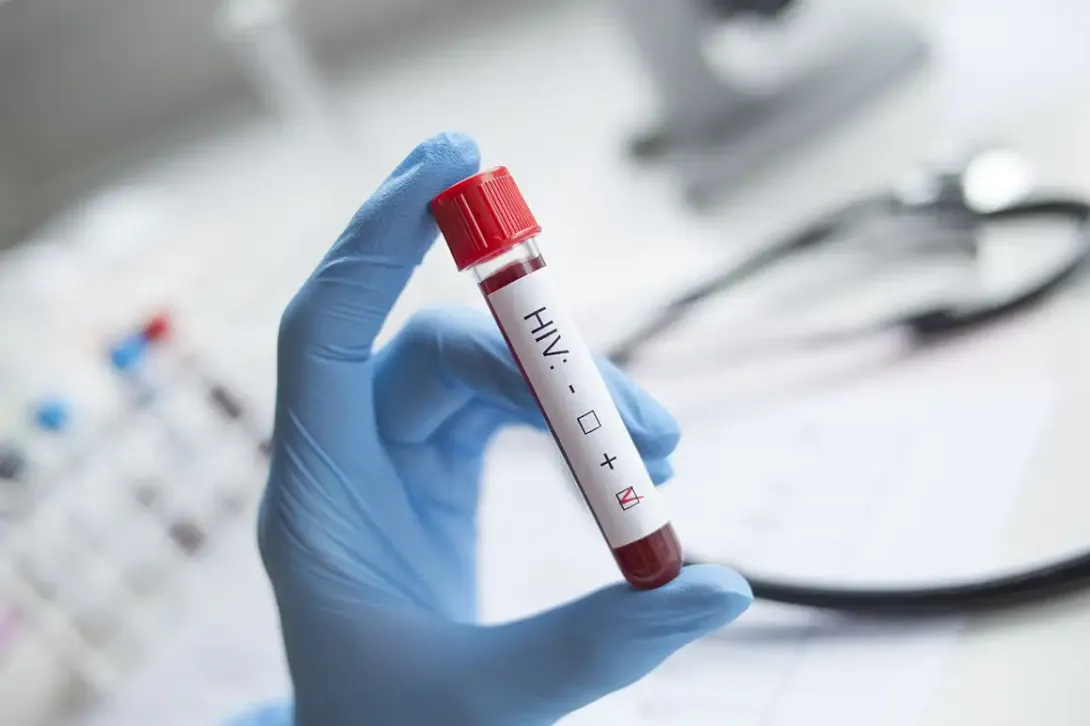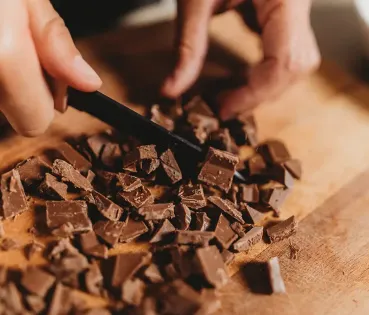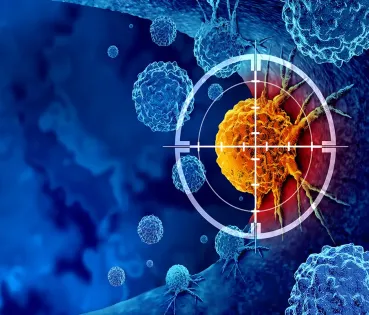
Four facts about HIV/AIDS released by WHO
Advances in the disease include antiretroviral treatment, which prevents transmission, and the elimination of mother-to-child transmission in 19 countries.
HIV continues to be one of the largest public health problems in the world, particularly in countries with low and medium incomes. Within this context, the WHO is encouraging countries to formulate and implement policies and programmes to improve and extend services related to HIV. Likewise, the organisation has recently published some up-dated facts about the disease.
1. HIV infects the cells of the immune system.
The infection causes the progressive deterioration of the immune system and destroys the body’s capacity to defend itself from other infections and diseases. When talking about AIDS (acquired immune-deficiency syndrome), this refers to the most advanced stage of the disease, in which the body has overcome around twenty infections.
2. Antiretroviral treatment (ARV) prevents the multiplication of the HIV in the body.
An effective ARVT decreases the viral load, that is to say, the amount of virus in the body, which reduces its risk of transmission. If the seropositive member of a couple is being treated with an effective antiretroviral and has an undetectable viral load, the risk of sexual transmission to the seronegative member is zero.
3. In the world, 39.9 million people live with HIV, of which 1.4 million are children.
The wide majority of people with HIV live in countries with low and medium incomes. Up to 42.3 million people have died due to causes related to HIV to date, including 630,000 people in 2023.
4. Elimination of mother-to-child transmission is becoming a reality.
By 2023, 84% of all pregnant women globally living with HIV (1.2 million women) were receiving antiretrovirals. By May 2024, 19 countries and territories had been validated as having eliminated mother-to-child transmission of HIV.




